Here’s what you need to create effective website content
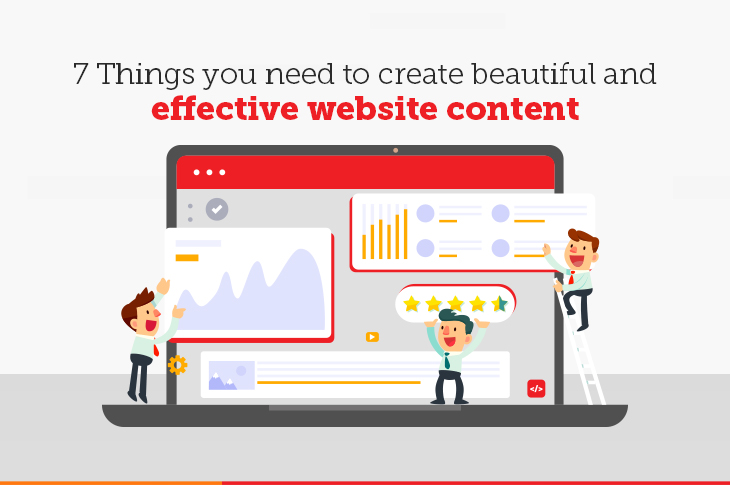
With a whole new wave of online customers in 2020, a brand’s website has retained its tag as the most critical content marketing collateral. Yet most websites aren’t a delight to explore. What differentiates a memorable, useful website from one that has users reaching for the exit button? Let’s find out.
1. Clear content goals
One of the biggest mistakes brands make when creating content for their website is not deciding the agenda of each page right from the start, which is a function of how clearly you understand your customer’s content consumption patterns and journey to purchase.
Treat your website like a textbook. Some pages are to provide an introduction to what’s coming (say, category pages), some serve as an index (say, listing pages), some contain the crux of the subject (say, product pages) and others point to other collateral that should be read or downloaded (say, contact pages, where you simply want people to come to take an action, like contacting customer service or making a purchase).
All these pages together make a useful, memorable textbook that makes people refer to it over and over again. There is a healthy mix of information, interactive tests, pictorial guides, etc., each of which aids the user to reach a place of better understanding – and isn’t that what a website is for as well? To better explain your product and brand to users? It is such clarity of thought that affects what, how, and where information goes onto each page. Without this clarity, customers end up feeling frustrated somewhere on the spectrum between ‘irrelevant pop-ups’ and ‘no CTA’ in sight.
One of the biggest mistakes brands make when creating content for their website is not deciding the agenda of each page right from the start Click To Tweet2. User-centric website content
“If your content is for everybody, it is for nobody.” This quote by Joe Pulizzi, founder of Content Marketing Institute, applies to website content just as much as it does to blog content. There’s no such thing as “our website is for everyone”. Some pages may be for a wider audience, but the entire website? For the entire digital population? Unlikely.
Yes, the content on your website should be easily comprehensible for most people – there is great power in writing simple, de-jargonized copy, like Google does. But there is certainly a user who is most likely to transact online, or whom your website will have the toughest time convincing. Deciding whom each page of your website is for will make it more effective. For instance, your home page could have a much wider audience whereas your product page should be created for people who are much farther down the purchase funnel.
If your content is for everybody, it is for nobody Click To TweetOnce you’ve decided your user persona(s), your website content needs to reflect that. For example, the data you pre-fill in customer contact forms. If a customer is on a product page for senior citizen insurance, the pre-filled data should not give the age as 45, but should automatically say 60, as a reiteration of what the product can offer.
3. Imagery
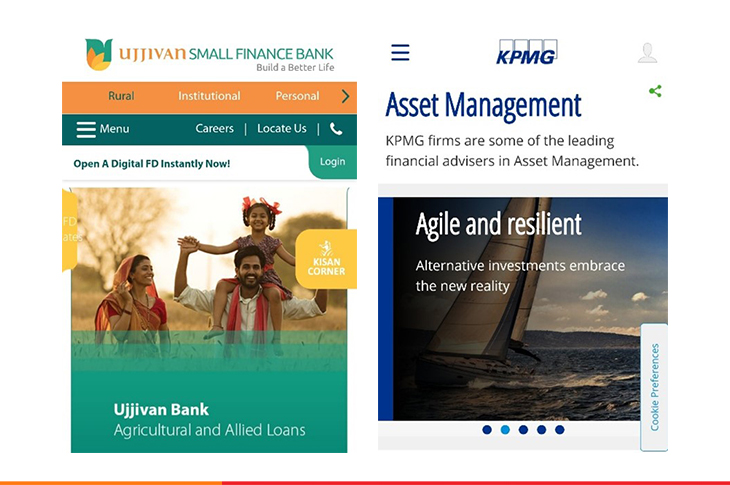
The images you choose are a powerful way to communicate who your ideal buyers are – it’s not just your words that have to be relatable, but your visuals too. If you visit the website of a company offering rural loans as against one offering fund management for the ultra-rich, you are likely to see a difference in the images that appear on them. They may both display stock images, but the differences will be evident.
Secondly, remember that your website is prime real estate for your brand. While using stock images for certain pages is definitely the easier and more viable option, are you sure you want to lose this opportunity to put your brand front and center in the user’s mind?
Thirdly, your imagery and the amount of place it takes on each scroll is also a function of the page’s content agenda – is your imagery meant to make your user feel at peace or appreciate how global and modern you are, or is it simply meant to guide them to the next step (like applying for a free trial)? It’s only when you decide the purpose that your imagery choice and placement can start to be not only beautiful but effective.
4. Consistency
As your brand gets larger, your marketing team may no longer be the only team putting out content. Your product team might be running campaigns of their own. Your sales team may be sharing sales enablement content to push prospects further down the sales funnel.
If you don’t have a standard style of communication – both text and design – your brand will end up appearing schizophrenic. When you revamp your website, create an identifiable, replicable design language. This should then be used for all content marketing opportunities.
Otherwise, here’s what could happen: imagine your website is chic and minimalist; but when a user subscribes for a newsletter, it’s got your old logo on the top – or worse, an out-of-date campaign tagline. Without a unique, recognizable storytelling style and design language, you risk creating dissonance in the minds of your audience and getting lost in a sea of websites that look like one another. And you really don’t want that.
When you build your website, create an identifiable, replicable design language. Click To Tweet5. Discoverability
There is no point in writing content (even the most engaging kind) if you don’t put it in a place where people can find it. That’s why the placement of content is as important as how well you create it. If your valuable content doesn’t appear anywhere else other than the blog or resources section, it will never fulfill its purpose.
This can be better explained with this good copywriting example.
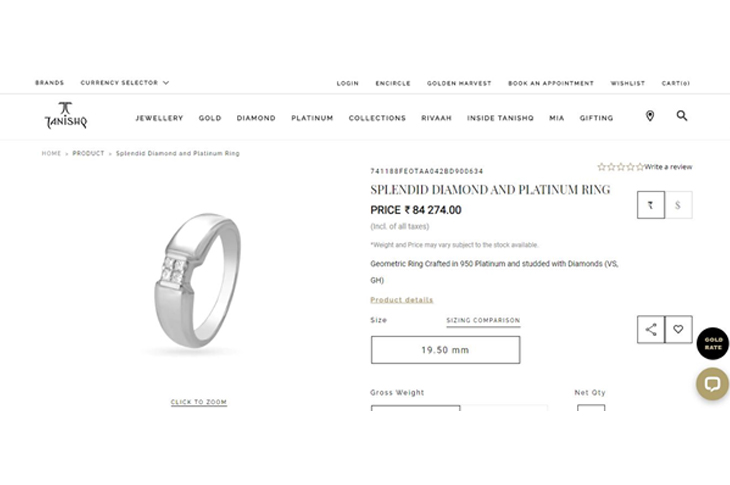
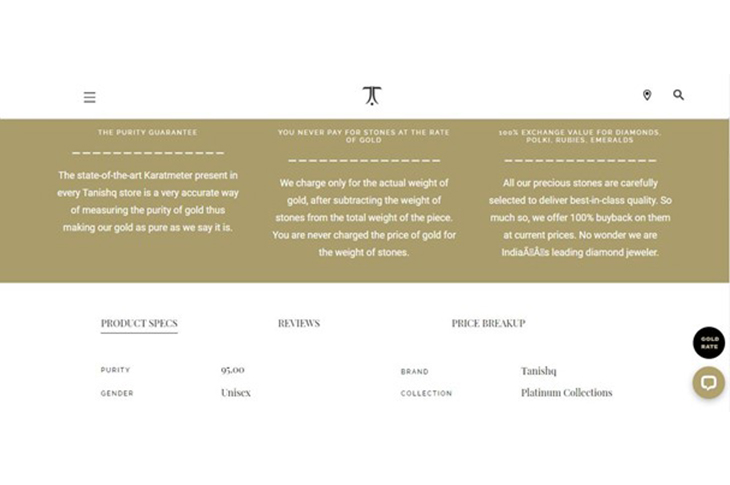
Tanishq understands that most people who come on this particular page are young buyers who may be confused about how to choose the right engagement ring – whether they’re choosing it for themselves or for their spouse. So, right under the section where buyers can add the ring to their cart or book an appointment, Tanishq has placed the answers to some of the most important questions they may have. If a buyer needs help, they can also look at customer reviews to make a decision about the purchase.
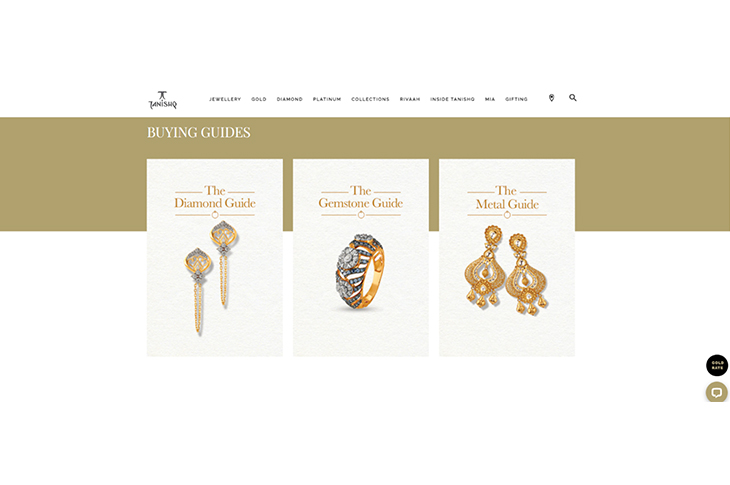
If the buyer needs further help, Tanishq provides helpful guides that are most relevant to their purchase. In this way, Tanishq makes its content easily discoverable and measurable.
6. Accuracy
Too many brands think of website building as a one-time exercise. Entire departments like the marketing and branding teams come together to pull off this mammoth project only to take a year or more than they anticipated. And then they don’t even think about it for another decade.
Anyone today can publish content online or claim to know your brand better than you. Are you going to let someone else take control of your brand’s narrative? If your website is not updated regularly – with the latest prices, offers, design language, campaigns, contacts, etc. – it would create an immediate dissatisfaction and dissonance in the minds of the readers. Regularly update your website so people don’t have to go anywhere else for credible information about your brand.
Go here to know more about this from our CEO.
7. Adaptability
Here are two stats to help you understand what we mean. About 69% of internet users today prefer doing product research on their mobile phones. And despite retailers getting 63% of traffic and 53% of sales via mobile, most websites are not mobile-optimized. Being mobile-friendly and mobile-optimized are different. It makes a huge difference when all the beautiful images, icons, and text appear in correct size and alignment and all the CTAs and links work perfectly across devices.
When designing your website, don’t let “how do my consumers visit my site?” be an after-thought, but a deciding factor for how you design and write your website content.
What do we conclude?
Your website can serve as the single most important central point for every other asset you ever create. If you do it well, it can be the place people keep coming back to (your website is the first thing that comes up on Google when someone searches for you). And if you do it badly, you risk creating a dissonant, schizophrenic brand image that ends up reducing the trust people have in your brand.
Far too many brands have spent far too much time on website content projects without putting the user at the center of their efforts. Think of your website as the sun in your solar system. If your website is not shining bright, all your other assets are going to get lost in a universe of images, articles, videos, and whatnot.
Contributors to this blog post – Meher Afroz, Shrutika Nagpal, Swapnil Adsul
Related links:
https://scatter.co.in/digital-transformation-content-marketing/
https://scatter.co.in/content-marketing-formats/
https://scatter.co.in/lesser-known-seo-insights-for-successful-content-marketing/
